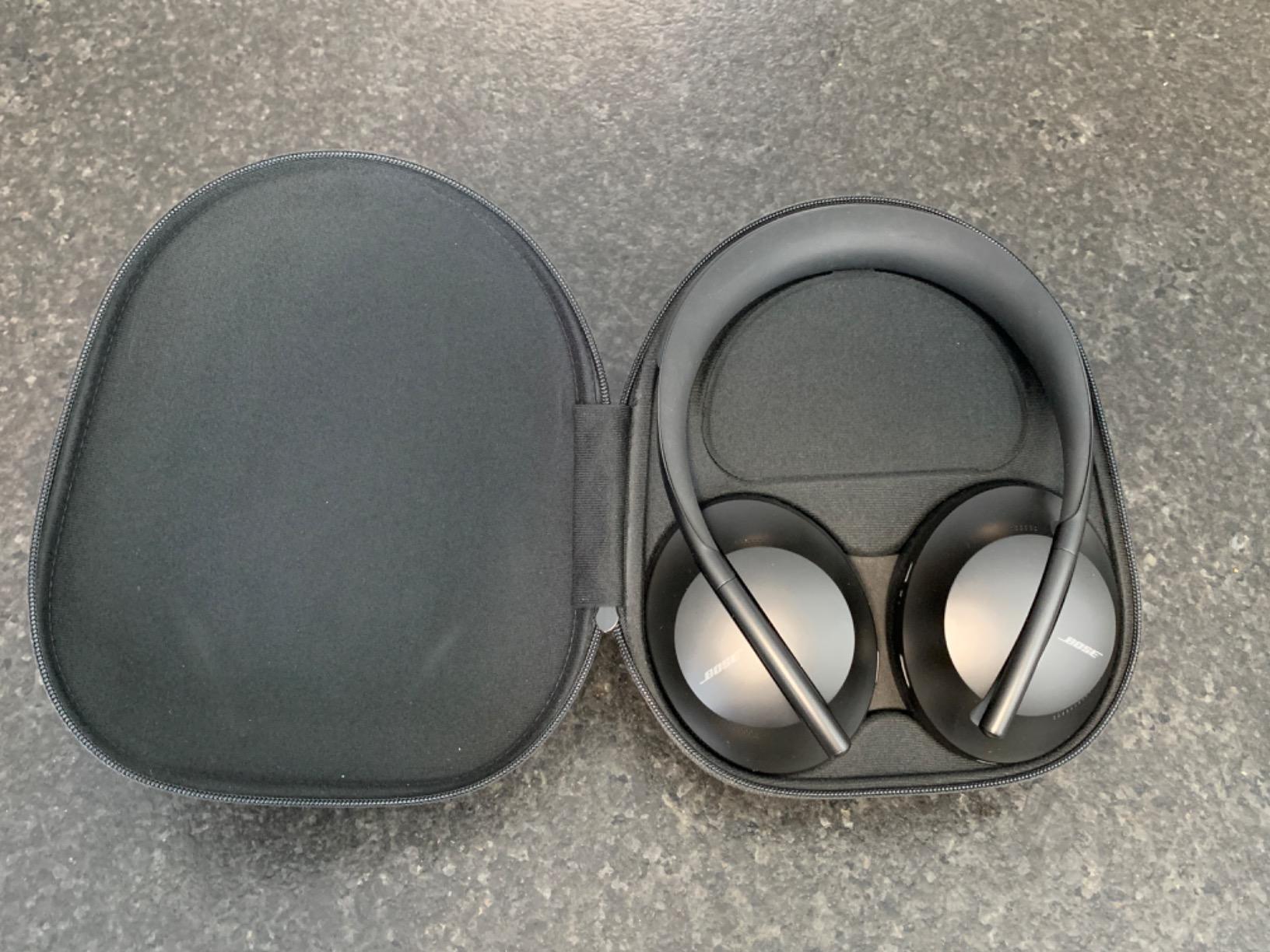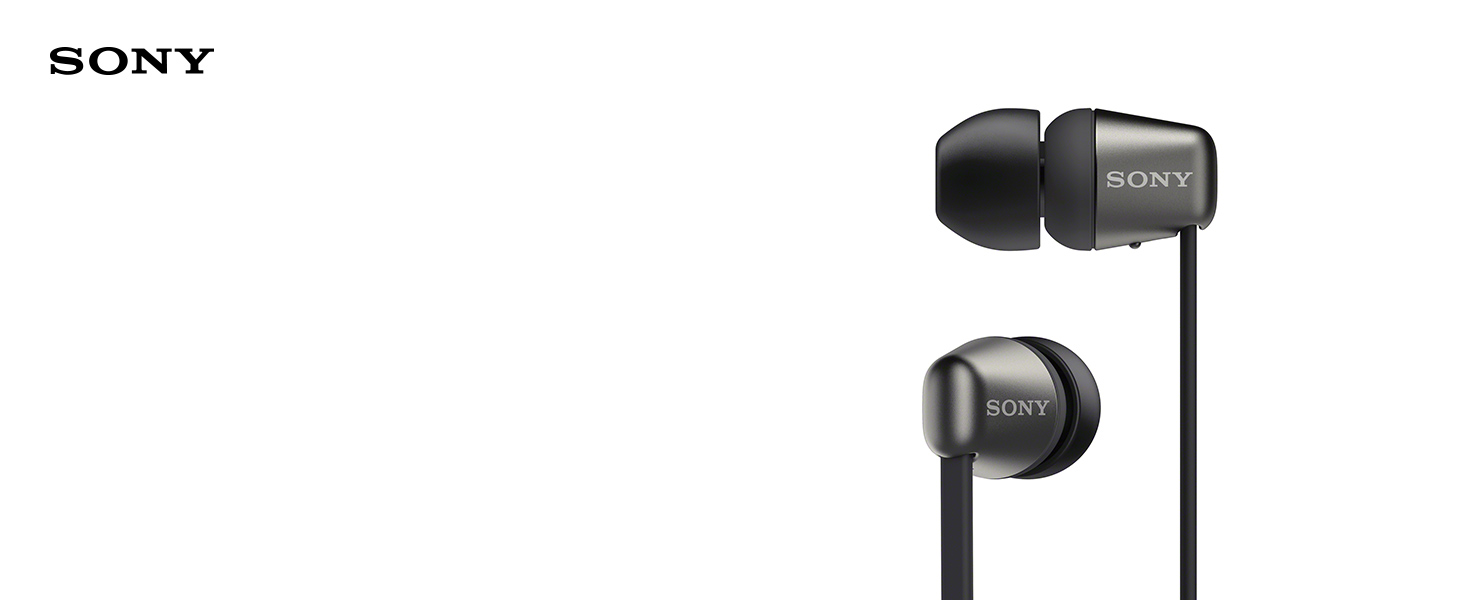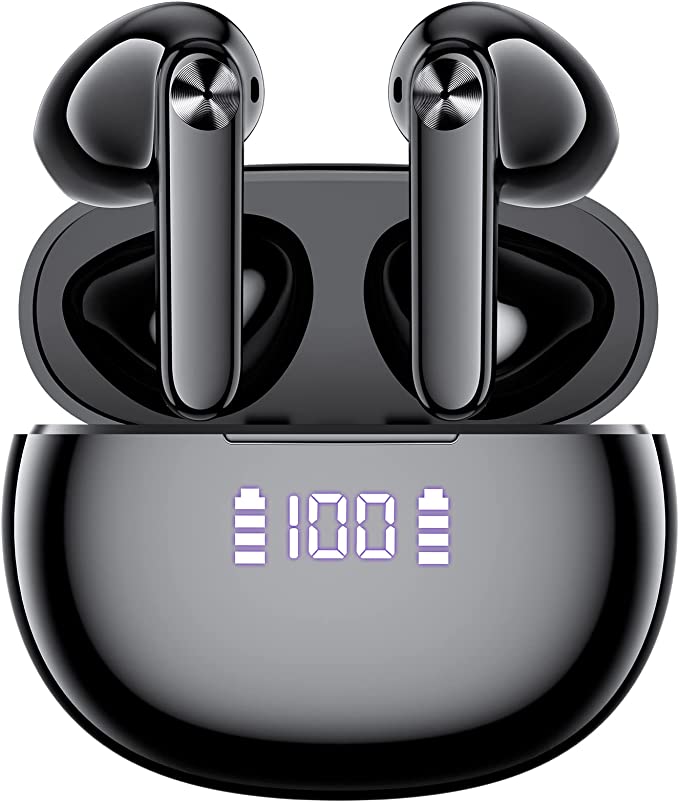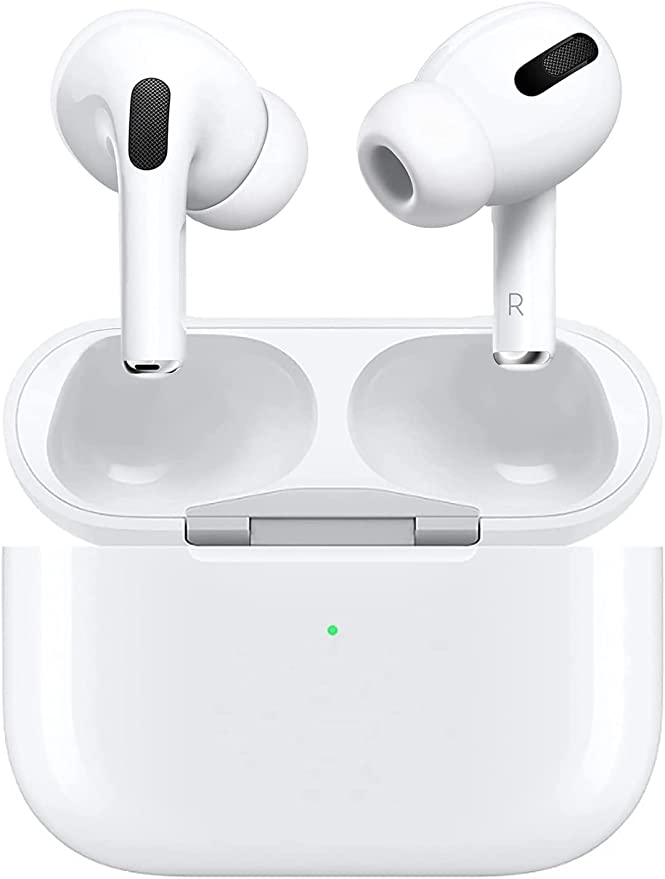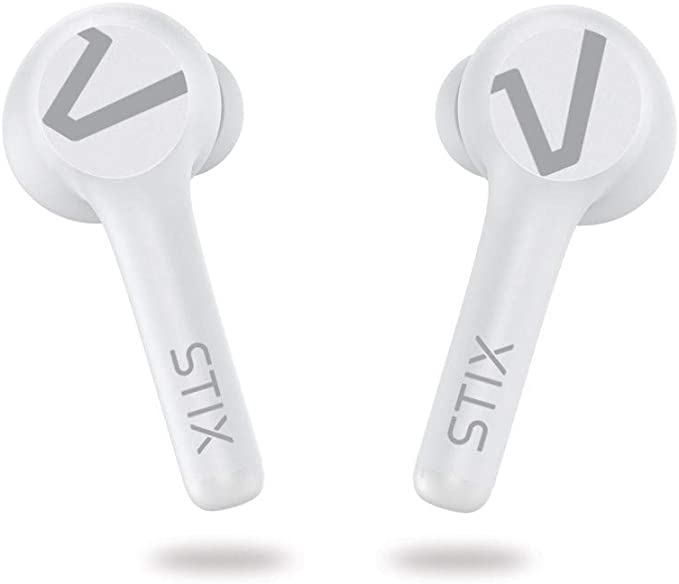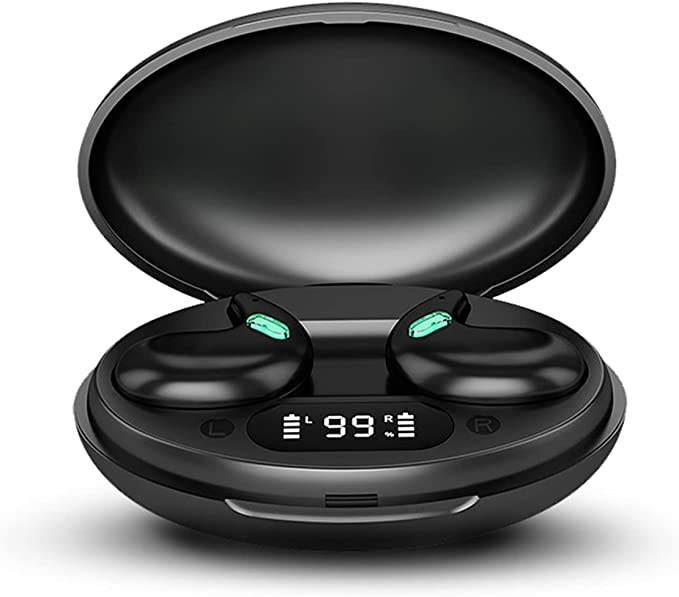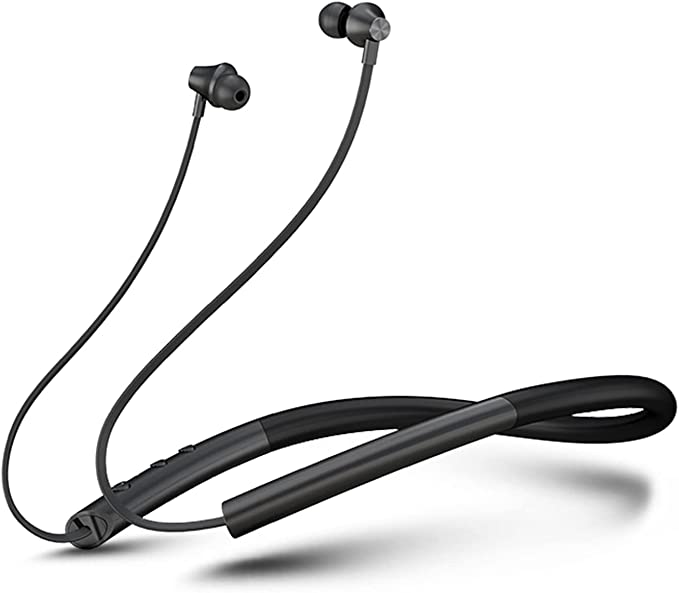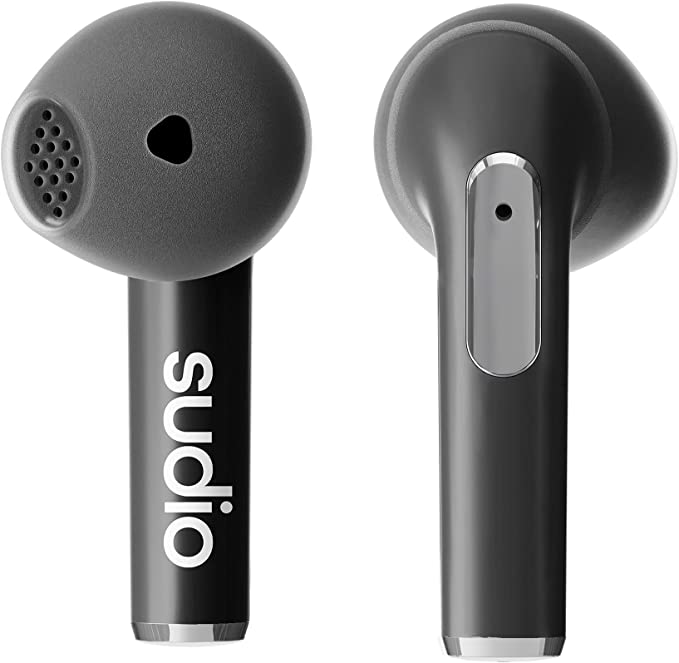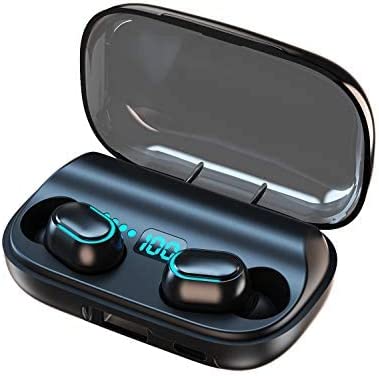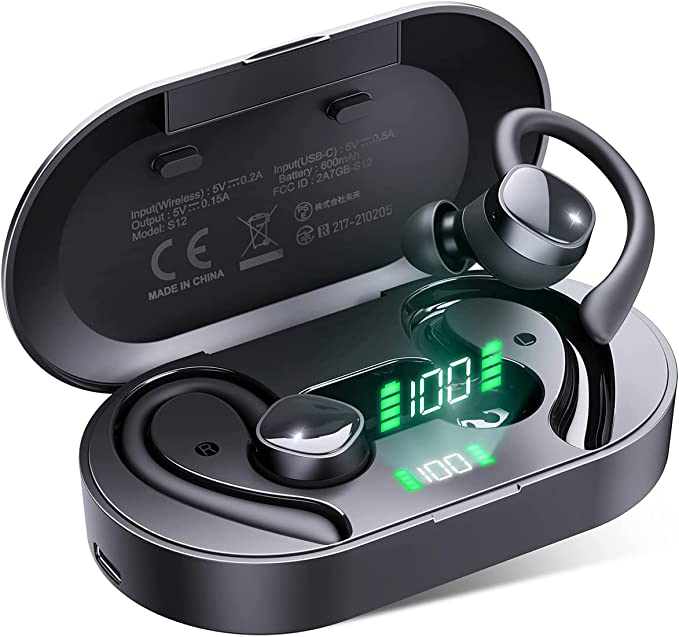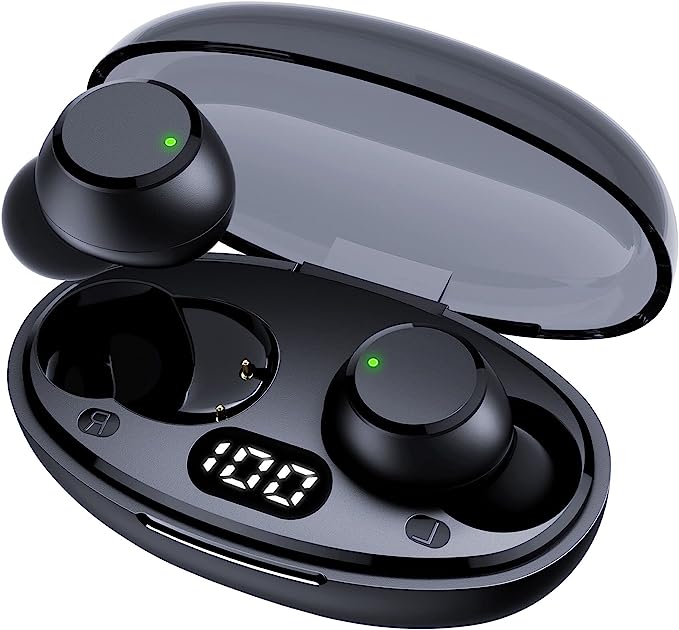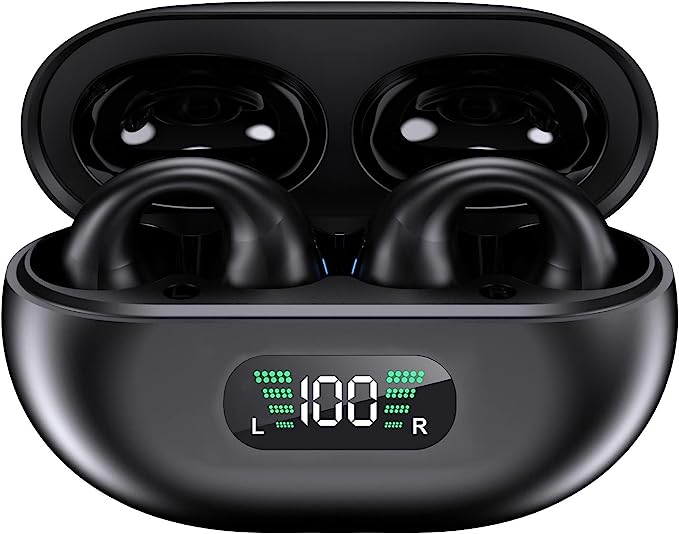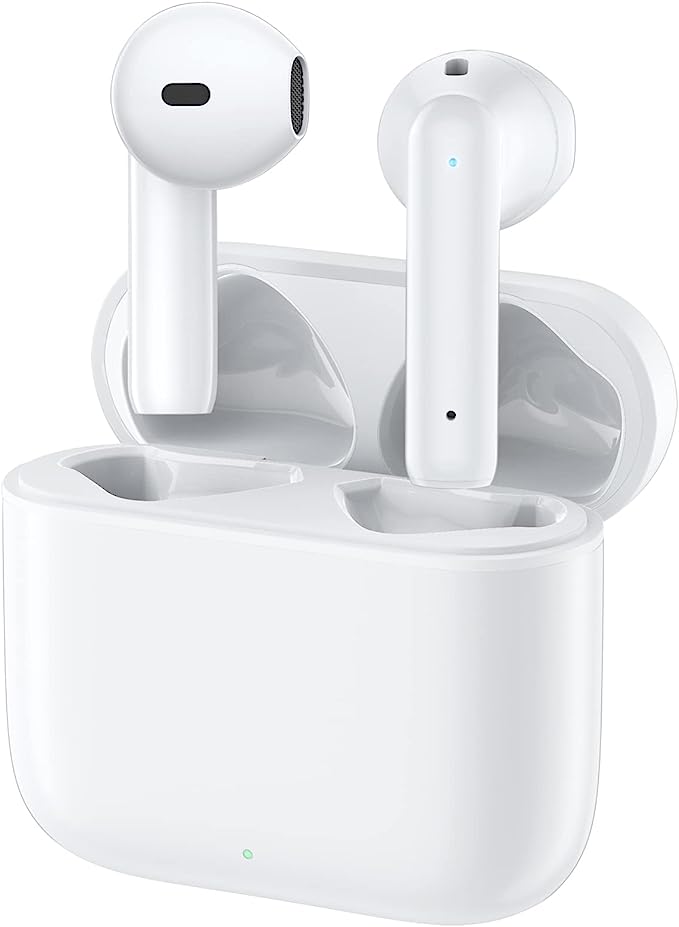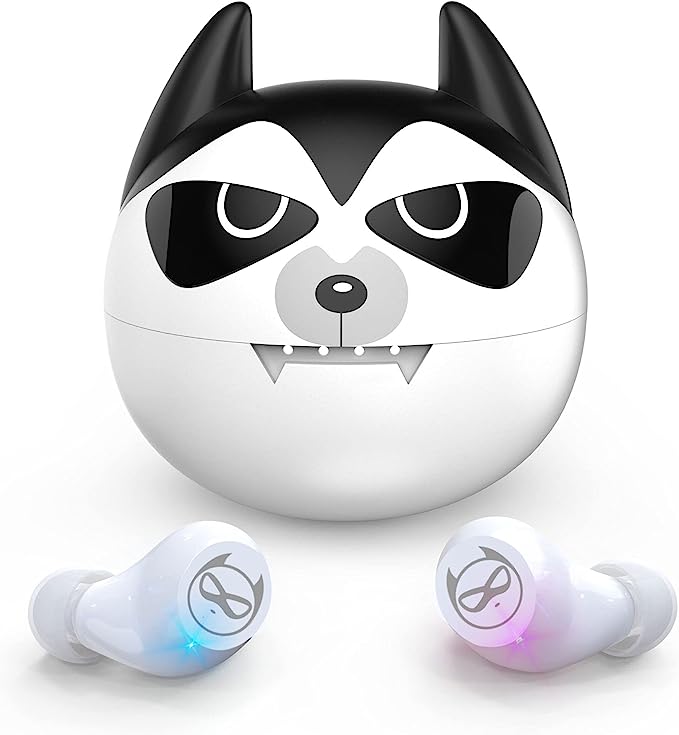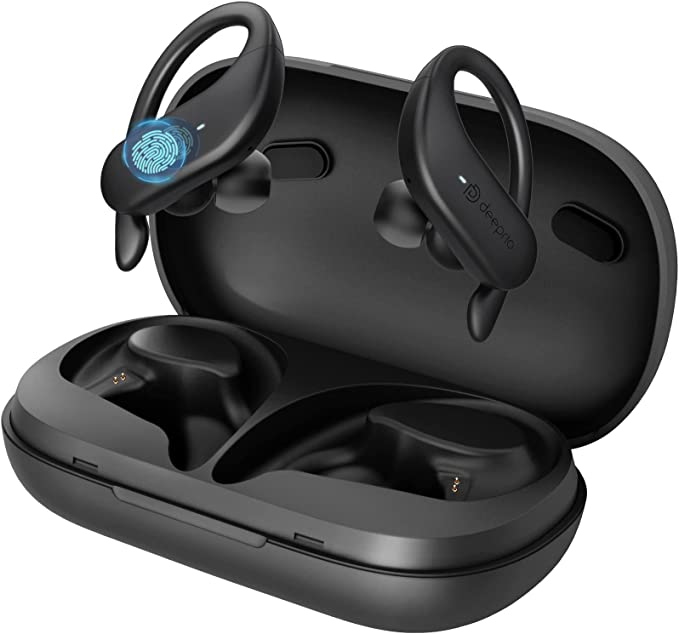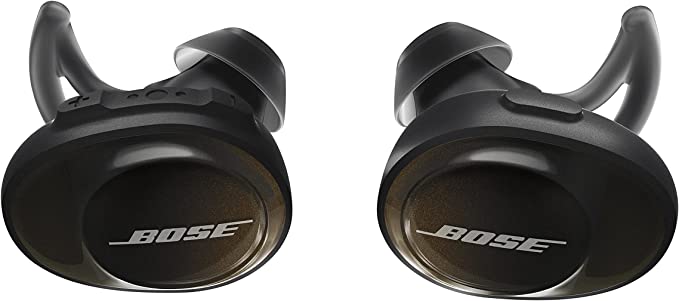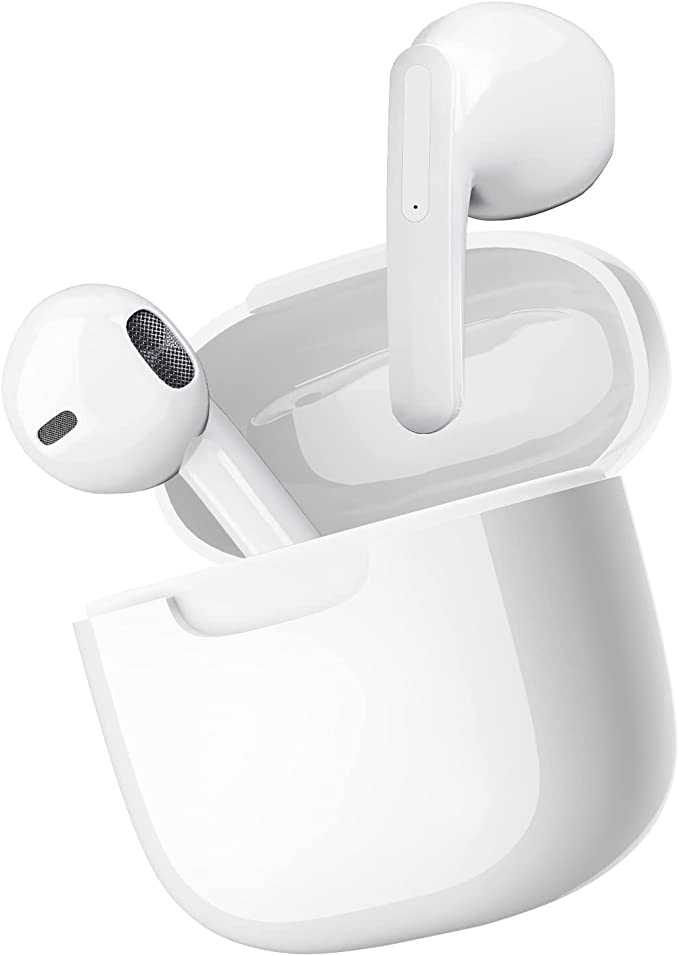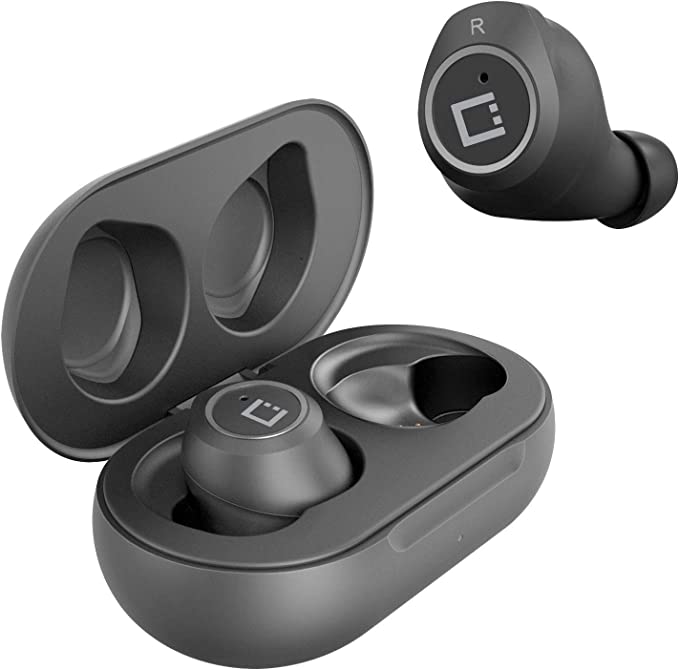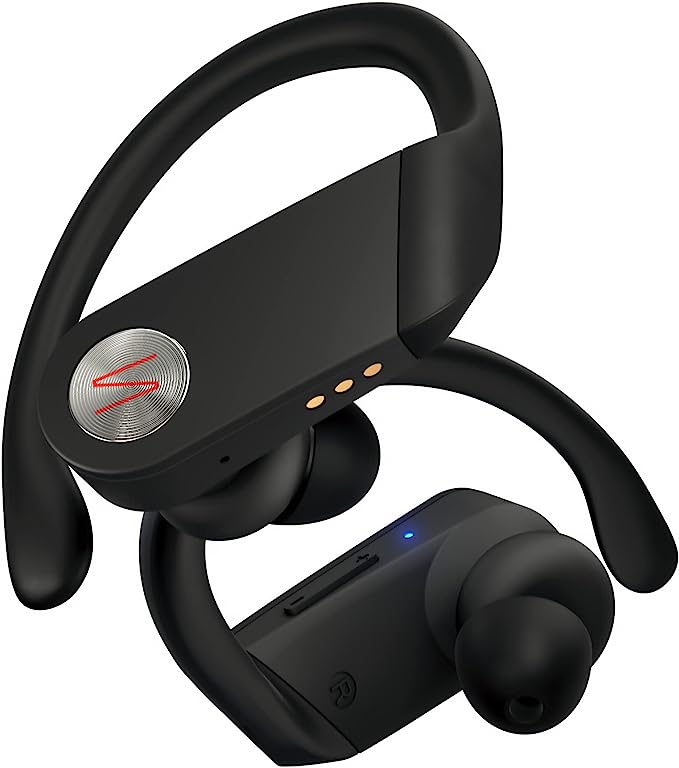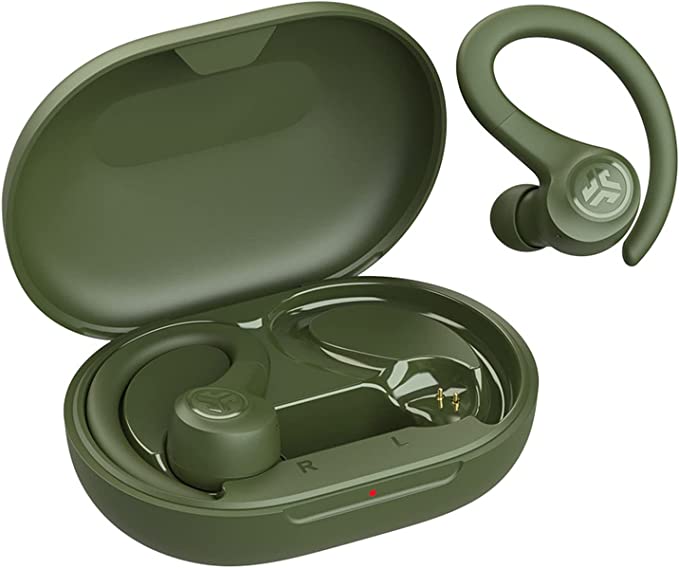Acuvar Wireless Earbuds: Affordable Bluetooth Audio with Magnetic Convenience
Update on March 21, 2025, 4:29 a.m.
We live in an increasingly wireless world. From our phones to our homes, cutting the cords has brought unprecedented freedom and convenience. And nowhere is this more evident than in the realm of personal audio. Wireless earbuds have exploded in popularity, liberating us from the tyranny of tangled wires and offering a seamless listening experience. But with this newfound freedom come questions and concerns: How does it all work? Is the sound quality compromised? Are they worth the investment?

Bluetooth Basics: A Quick Primer
The magic behind wireless earbuds is Bluetooth, a short-range wireless technology that allows devices to communicate without physical connections. Think of it like an invisible cable, transmitting data between your phone and your earbuds. This communication happens over radio waves, specifically in the 2.4 GHz ISM (Industrial, Scientific, and Medical) band. To avoid interference with other devices using the same band (like Wi-Fi routers), Bluetooth employs a technique called frequency-hopping spread spectrum. Imagine your data as a messenger, and the frequencies as a series of roads. Instead of taking one road, the messenger quickly switches between different roads, making it harder for anyone to intercept or disrupt the message. This “hopping” happens hundreds of times per second, ensuring a stable and reliable connection.
Enter Acuvar: An Affordable Option
The Acuvar Wireless Magnetic Rechargeable Earbuds are a budget-friendly option in the vast sea of wireless audio. They offer a straightforward set of features without the hefty price tag often associated with premium brands. Their in-ear design, a popular choice for its snug fit and passive noise isolation, helps block out external sounds, allowing you to focus on your music or calls.

Magnets: More Than Just a Gimmick
One of the standout features of the Acuvar earbuds is their magnetic design. The earpieces themselves have small, but surprisingly strong, magnets embedded within them. This isn’t just a cosmetic touch; it serves several practical purposes. When you’re not actively listening, you can simply take the earbuds out and let them snap together around your neck, forming a secure loop. This significantly reduces the chances of losing an earbud, a common and frustrating problem with many wireless options. No more frantic patting of pockets or searching under the couch cushions! It also provides a convenient way to keep them readily available, ready to pop back in your ears whenever you need them. It’s a simple solution, but one that adds significant value to the overall user experience.

Inside the Sound: Bluetooth Audio Codecs
Now, let’s delve a little deeper into how sound actually travels from your device to your ears. When you play music on your phone, the digital audio file needs to be compressed before it can be transmitted wirelessly via Bluetooth. This compression is handled by something called a codec (short for coder-decoder). The Acuvar earbuds primarily utilize the SBC (Subband Coding) codec. SBC is the mandatory standard codec for all Bluetooth devices that support the A2DP profile (more on that later). It’s a bit like a universal language for Bluetooth audio.
While SBC is ubiquitous and ensures compatibility, it’s not known for the highest fidelity sound. It uses a lossy compression algorithm, meaning some audio data is discarded during the encoding process to reduce the file size. Think of it like taking a high-resolution photograph and saving it as a smaller JPEG. You save space, but some detail is lost. How noticeable is this loss? Well, that depends on your ears and the quality of the original audio source. For casual listening, podcasts, or audiobooks, SBC is generally adequate. However, audiophiles seeking the purest, most detailed sound might prefer earbuds that support more advanced codecs like AAC (commonly used by Apple devices) or aptX (known for its higher bitrates and lower latency). These codecs employ more sophisticated compression techniques, preserving more of the original audio data.
Making Connections: Bluetooth Profiles
Bluetooth devices communicate using different “profiles,” which are essentially sets of rules that define how they interact. The Acuvar earbuds support three key profiles:
- A2DP (Advanced Audio Distribution Profile): This is the workhorse for streaming stereo audio. It’s what allows you to listen to your music wirelessly.
- AVRCP (Audio/Video Remote Control Profile): This profile gives you control over playback. The buttons on the Acuvar earbuds utilize AVRCP to let you play, pause, skip tracks, and adjust the volume, all without having to touch your phone.
- HFP (Hands-Free Profile): This profile enables hands-free calling. It allows the earbuds’ built-in microphone to pick up your voice and transmit it to your phone, and it also allows you to hear the caller through the earbuds.
These profiles work together seamlessly to provide a complete wireless audio experience.

Power Play: Battery Life and Charging
The Acuvar earbuds offer a stated battery life of up to 5 hours on a single charge. This is a fairly typical figure for budget-friendly earbuds. Battery life, in general, is influenced by several factors, including the volume level at which you listen and the complexity of the audio being transmitted. More complex audio (like music with a wide dynamic range) requires more processing power, which in turn consumes more battery. The earbuds are recharged via a Micro USB port, a somewhat older standard, but still widely used. A full charge takes approximately 2 hours. While USB-C is becoming the new standard for its faster charging and reversible connector, Micro USB remains a cost-effective option.
A Balanced Perspective
The Acuvar Wireless Magnetic Rechargeable Earbuds are not without their drawbacks. Some user reviews mention issues with connectivity stability and long-term durability. It’s crucial to remember that these are budget earbuds. They offer a compelling set of features for their price point, making them an attractive option for those new to wireless audio or those seeking a simple, affordable solution. However, they are not intended to compete with high-end earbuds that boast premium features like active noise cancellation, advanced codecs, or extended battery life. They represent a trade-off: affordability in exchange for some compromises in performance and features.

Sound Advice: Choosing the Right Earbuds
Selecting the right Bluetooth earbuds depends on your individual needs and priorities. Consider the following:
- Budget: How much are you willing to spend?
- Sound Quality: Are you an audiophile, or are you happy with decent sound for casual listening?
- Features: Do you need features like active noise cancellation, water resistance, or multi-device pairing?
- Comfort: Do you prefer in-ear, on-ear, or over-ear designs?
- Battery Life: How long do you need the earbuds to last on a single charge?
- Use Cases: Will you use for Gym or commute, or work related?
By carefully considering these factors, you can choose the Bluetooth earbuds that best suit your lifestyle.
Conclusion
The Acuvar Wireless Magnetic Rechargeable Earbuds offer a glimpse into the convenient and affordable world of wireless audio. While they might not satisfy the demands of discerning audiophiles, they provide a practical and accessible option for everyday listening, demonstrating that the benefits of Bluetooth technology are no longer exclusive to high-end devices. They showcase how even basic wireless earbuds can enhance our daily routines, freeing us from the constraints of wires and making our audio experiences more enjoyable.


